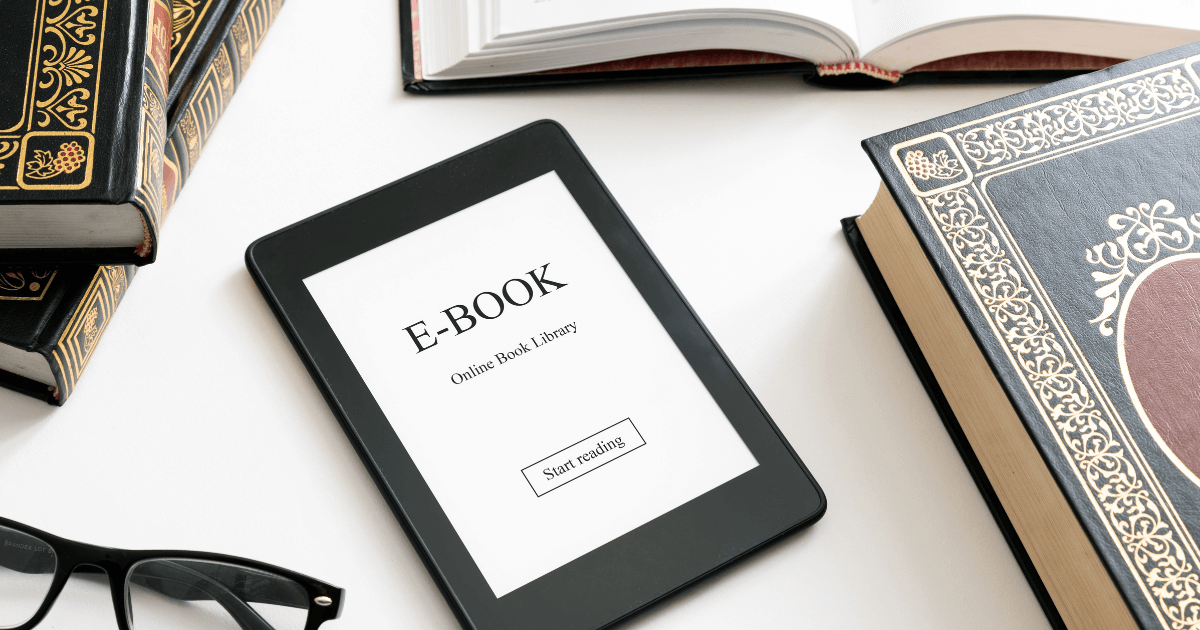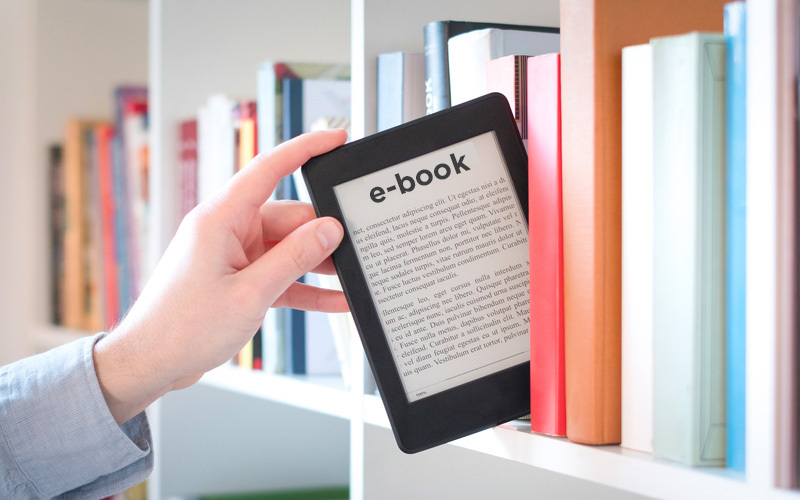In the digital age, ebooks have revolutionized the way we read, offering convenience, portability, and accessibility unmatched by traditional paper books. However, with the plethora of ebook formats available, selecting the right one for your device can be a challenge. This guide breaks down the most popular ebook formats, helping you make an informed decision to ensure the best reading experience on your device.
Understanding the Popular Ebook Formats
EPUB: The Universal Format
EPUB, short for Electronic Publication, is widely regarded as the universal ebook format. Its flexibility allows it to adjust text and images to fit the screen size of various devices, from smartphones to tablets and e-readers. This reflowable format is ideal for general reading materials, including novels and non-fiction books. Most e-readers, except for Amazon Kindle, support EPUB files, making it a versatile choice for a broad audience.
MOBI and AZW: Tailored for Amazon Kindle
Amazon once primarily used the MOBI format for Kindle devices but has largely replaced it with the proprietary AZW format. The MOBI and AZW formats are designed to integrate seamlessly with Kindle devices, enabling features such as text resizing, bookmarks, and notes. AZW files are restricted to Kindle devices, but MOBI files are readable on a wider range of e-readers, thus offering slightly more flexibility.

Choosing the Right Format for Your Reading Preference
PDF: Fixed Layout for Complex Layouts
PDF, standing for Portable Document Format, captures a document’s exact appearance and maintains its layout regardless of the device. The PDF format suits ebooks containing complex layouts, tables, or images, such as textbooks, manuals, and academic papers. Most devices can view PDF files, but their fixed layout might not provide the best reading experience on smaller screens. Zooming in and out to read text on such devices can become cumbersome.
TXT and RTF: Simplicity and Compatibility
TXT and RTF formats represent the simpler side of ebook files. A TXT (Text) file contains unformatted text, making it incredibly lightweight and compatible with virtually every device with a text-reading function. Similarly, RTF (Rich Text Format) allows for basic text formatting and can be opened by most word processors on any device. These formats are suitable for straightforward text documents without the need for images or special formatting.

Dealing with Digital Rights Management (DRM)
Digital Rights Management (DRM) is a technology used by publishers to control the distribution and copying of ebooks. DRM can limit the sharing of files and restrict them to specific devices or apps. When you purchase or download ebooks, consider the DRM restrictions that publishers may apply to the file. You can find some formats, like EPUB, with or without DRM, which offers flexibility if you prefer to read across multiple devices.
Converting Between Formats for Greater Flexibility
Sometimes, the ebook you want is not available in the format compatible with your device. In such cases, ebook conversion software can provide a solution. Tools like Calibre allow for easy conversion between formats, enabling you to convert incompatible files into a readable format for your device. However, it’s crucial to respect copyright laws and only convert files legally obtained.

Making the Best Choice for Your Device and Reading Habits
Assessing Your Needs
Your choice of ebook format should align with the type of content you read, the devices you use, and your personal preferences. For versatile reading across multiple devices, EPUB offers the broadest compatibility. Kindle users will find AZW or MOBI formats most convenient, while readers of academic or visual-heavy material might lean towards PDF for its fidelity to the original layout.
Staying Informed and Adaptable
The world of ebooks is continually evolving, with new formats emerging and existing ones being updated. Stay informed about the capabilities of your e-reader and any software updates that might expand its format compatibility. Being adaptable and open to using different formats or converting files as needed will enhance your reading experience and ensure you can enjoy a wide range of ebooks on your preferred device.

Leveraging Format Features for Enhanced Reading
Interactive Elements and Multimedia Integration
Some ebook formats go beyond static text to include interactive features that can greatly enrich the reading experience. Formats like EPUB3 support audio, video, and interactive animations, which can be essential for children’s books, instructional guides, or any content where multimedia can aid understanding. Consider these enhanced ebooks if you seek a more dynamic approach to reading and learning, and ensure your device supports the latest version of the format to take full advantage of these features.
Font Adjustments and Text-to-Speech
For readers who require accessibility features or simply prefer a customized reading experience, certain ebook formats provide substantial flexibility. Formats like EPUB allow you to change font sizes, styles, and even spacing to suit your reading preferences or needs. Additionally, many e-readers and reading apps offer text-to-speech functionality, transforming ebooks into audiobooks. This feature can be particularly helpful for users with visual impairments or those who like to multitask while consuming literature.

The Future of Ebook Formats and Reading Technology
Embracing Emerging Technologies and Standards
The digital publishing industry is rapidly evolving, with emerging technologies paving the way for new ebook formats and reading experiences. Innovations in e-ink technology enable better display quality, while advancements in software allow for more immersive reading apps that cater to diverse content types and learning styles. Staying abreast of these developments ensures you can adapt to new formats as they become mainstream, providing you with the most advanced and enjoyable reading experience.
Anticipating New Trends in Ebook Consumption
The rise of mobile technology has already shifted reading habits towards smartphones and tablets. Publishers and format developers are responding by optimizing ebook formats for mobile consumption, improving readability, and integrating with cloud-based libraries for seamless access across devices. Anticipate these shifts and consider how your reading habits might evolve. By selecting adaptable and future-proof formats and e-readers, you optimize your long-term investment in digital reading.
In conclusion, understanding the strengths and limitations of each ebook format empowers you to choose the best type for your specific needs. Whether you prioritize ease of use, fidelity to original layouts, or device compatibility, there’s an ebook format tailored to your reading preferences. By considering these factors and staying informed about your device’s capabilities, you can build a versatile and enjoyable digital library.
